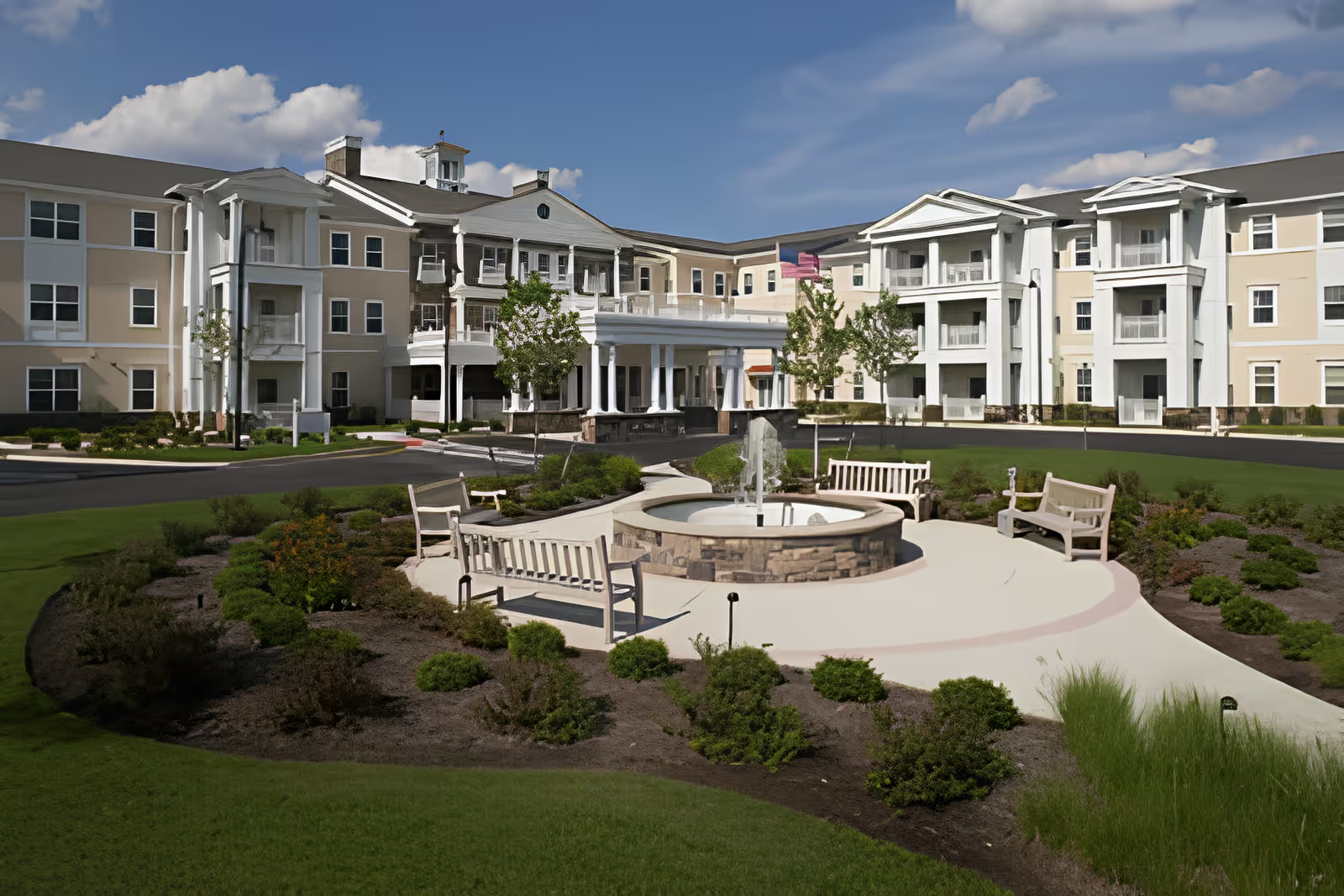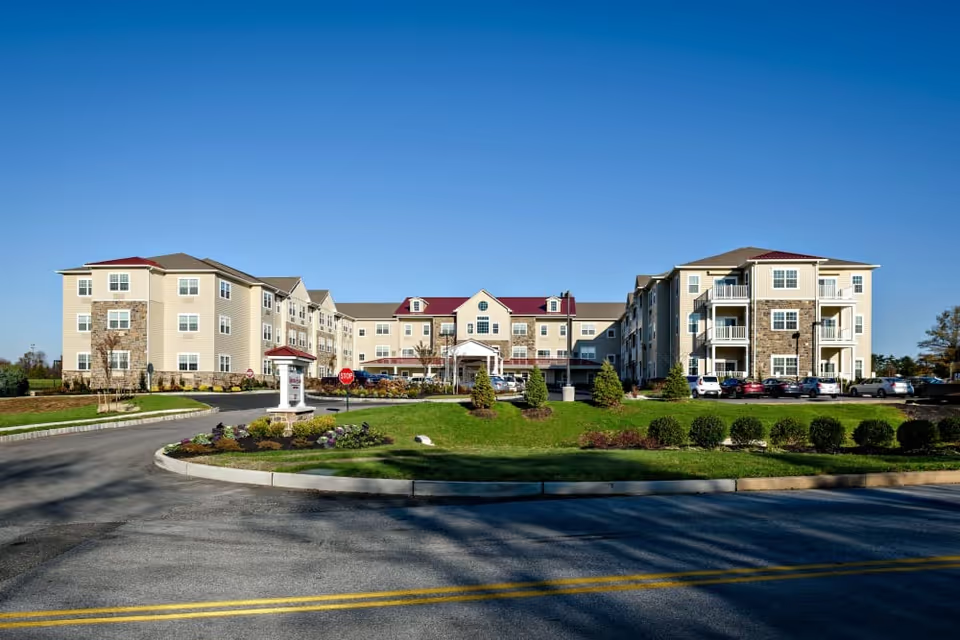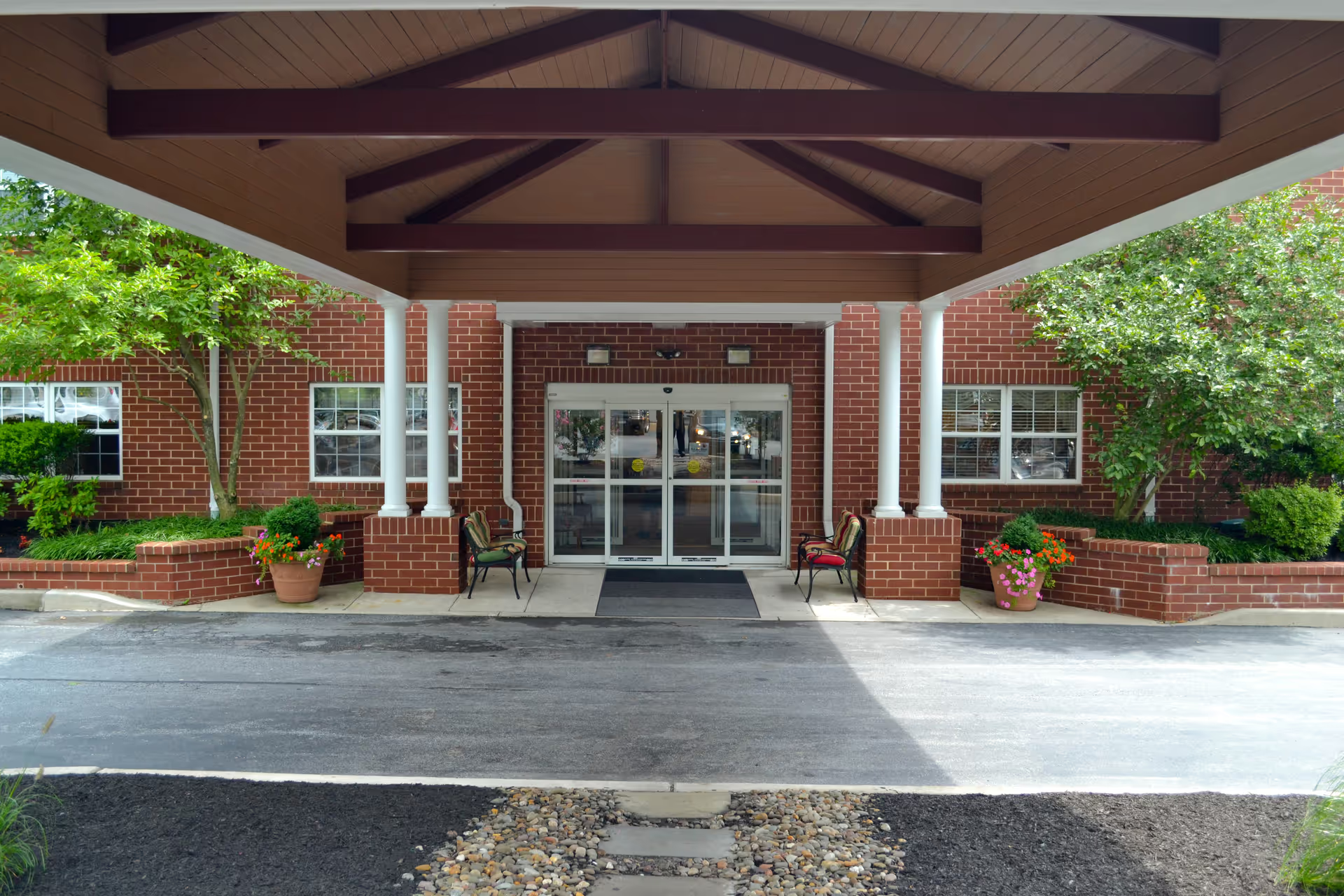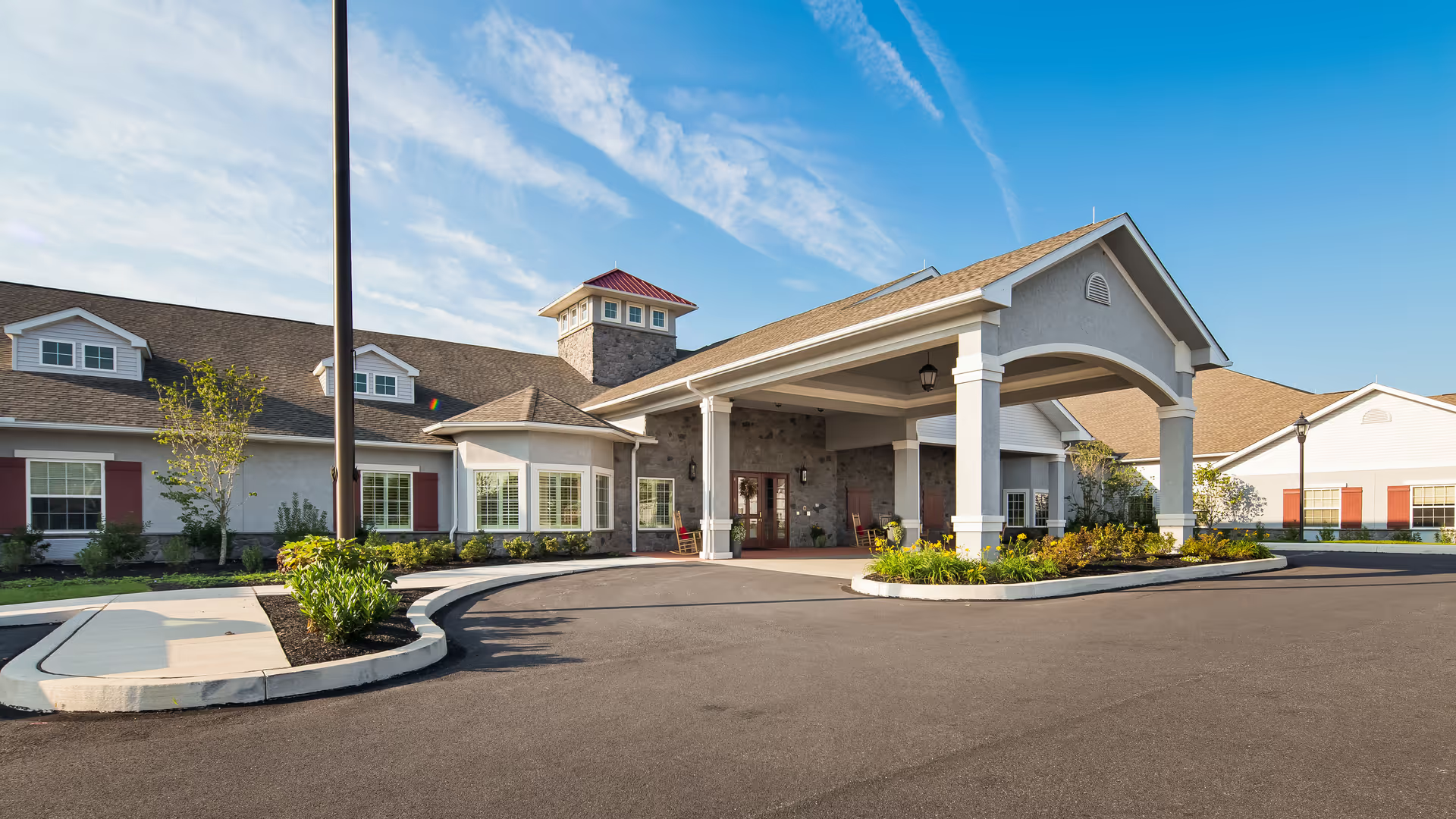Overall sentiment in the reviews is mixed-to-negative, with a sharp divide between the facility's therapy program and the rest of the clinical and support services. The most consistently positive notes focus on physical, occupational, and speech therapy: reviewers describe therapy services as "great," and repeatedly identify PT/OT/Speech staff as the primary caregivers who actually seem to care about patients' recovery and wellbeing. There are also isolated mentions of coordinated healthcare and caring individuals on staff, indicating that some aspects of clinical coordination and individual interactions are handled acceptably.
However, significant and repeated concerns dominate other domains of care. Nursing-level care and resident safety are recurrent problems in the reviews: statements describe inadequate nursing attention, with at least one report of a patient being left unattended and subsequently ending up on the floor. These are serious allegations that point to lapses in supervision, staffing levels, or protocols for monitoring and responding to residents' needs. Reviewers explicitly call out poor overall patient care outside of therapy, suggesting inconsistency in the standard of clinical services provided across different disciplines.
Staff behavior and internal culture are additional pain points. Multiple comments characterize staff as rude, condescending, or unprofessional, and specific roles receive negative mention (for example, a social worker described as condescending). There are accusations of a "fake" charge nurse and reports that management and clinical leaders can be defensive or avoidant when family members raise concerns—one review says a doctor avoided speaking. Several reviewers describe staff infighting, finger-pointing, and an organizational defensiveness when issues are addressed, which can undermine trust and hamper problem resolution.
Facilities and environmental cleanliness emerge as serious and concrete concerns. Reviews report poor housekeeping, dirty rooms, and, in the most alarming reports, feces found in residents' rooms. A mice infestation is listed explicitly. These sanitation and pest-control problems pose real health risks, degrade quality of life, and suggest failures in environmental services oversight and infection-control practices.
There is a pattern of contrast: therapy services are repeatedly praised and appear to be the facility's core strength, while nursing care, housekeeping, and management responsiveness are repeatedly criticized. The phrase "rough around the edges" captures this duality—clinically beneficial rehabilitation may be available, yet foundational elements of long-term care (consistent nursing attention, hygiene, respectful communication, and leadership accountability) are reported as lacking.
Notably, reviews do not provide information about dining quality, recreational activities, or specific medication management practices; thus no conclusions can be drawn about those areas from the supplied summaries. For prospective residents or family members, the reviews recommend close inquiry into nursing staffing and supervision, housekeeping and pest-control protocols, leadership accountability, and firsthand observation of staff interactions. If rehabilitation services (PT/OT/Speech) are the primary objective, the facility's therapy program may be a strong fit; if comprehensive, consistently safe nursing care and clean living conditions are essential priorities, the reviews suggest serious caution and further verification before choosing this facility.







